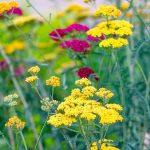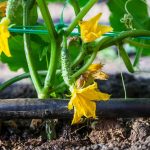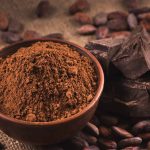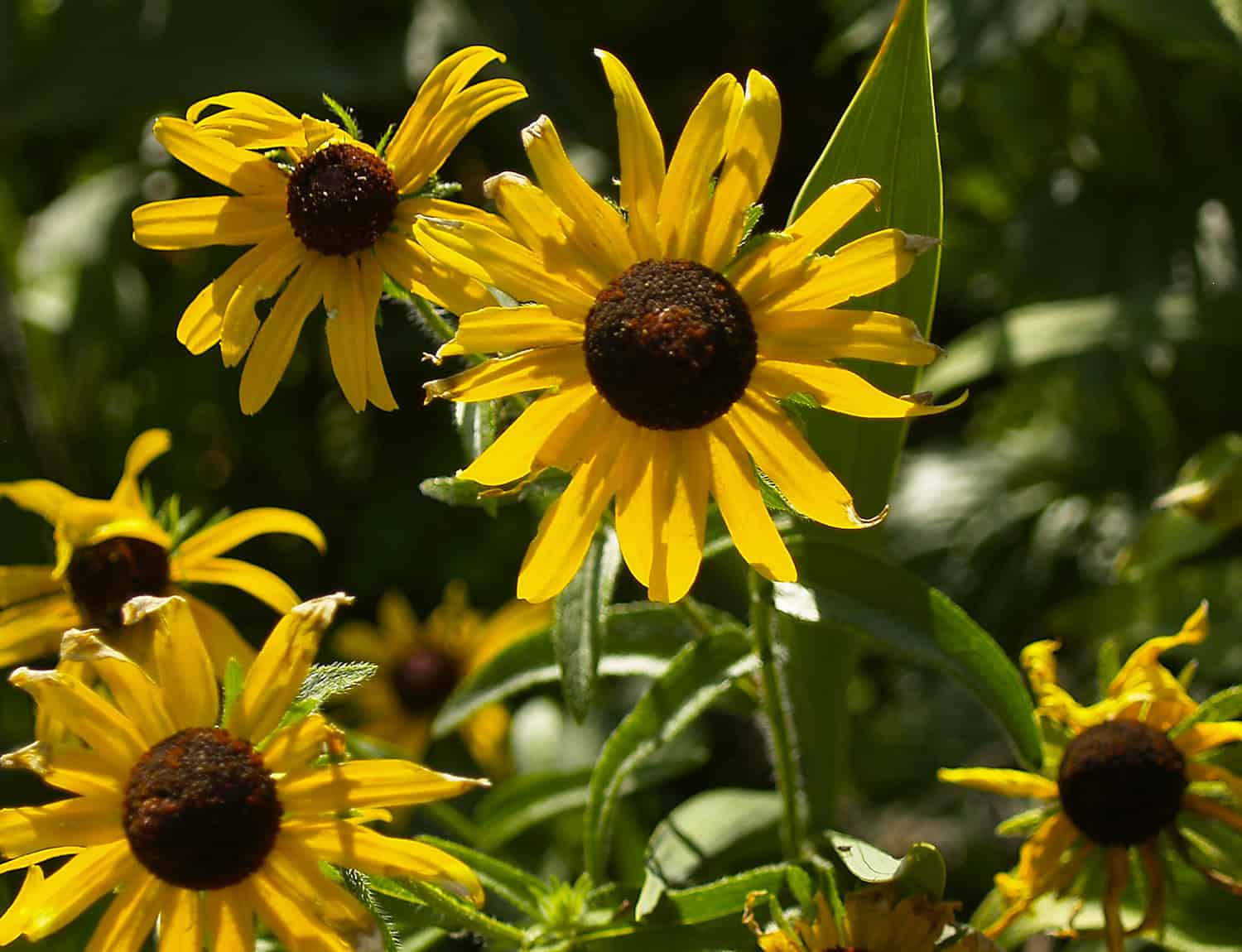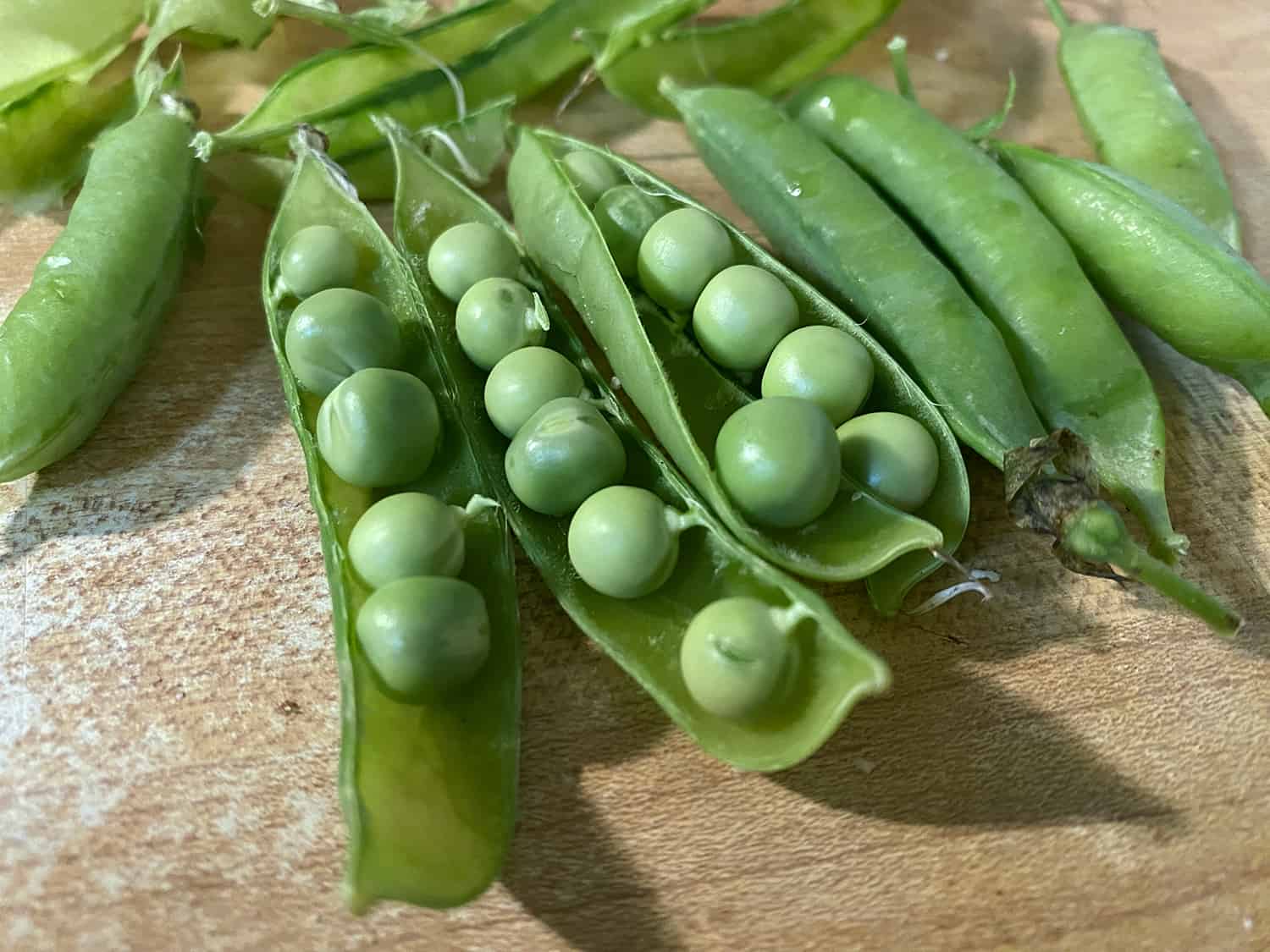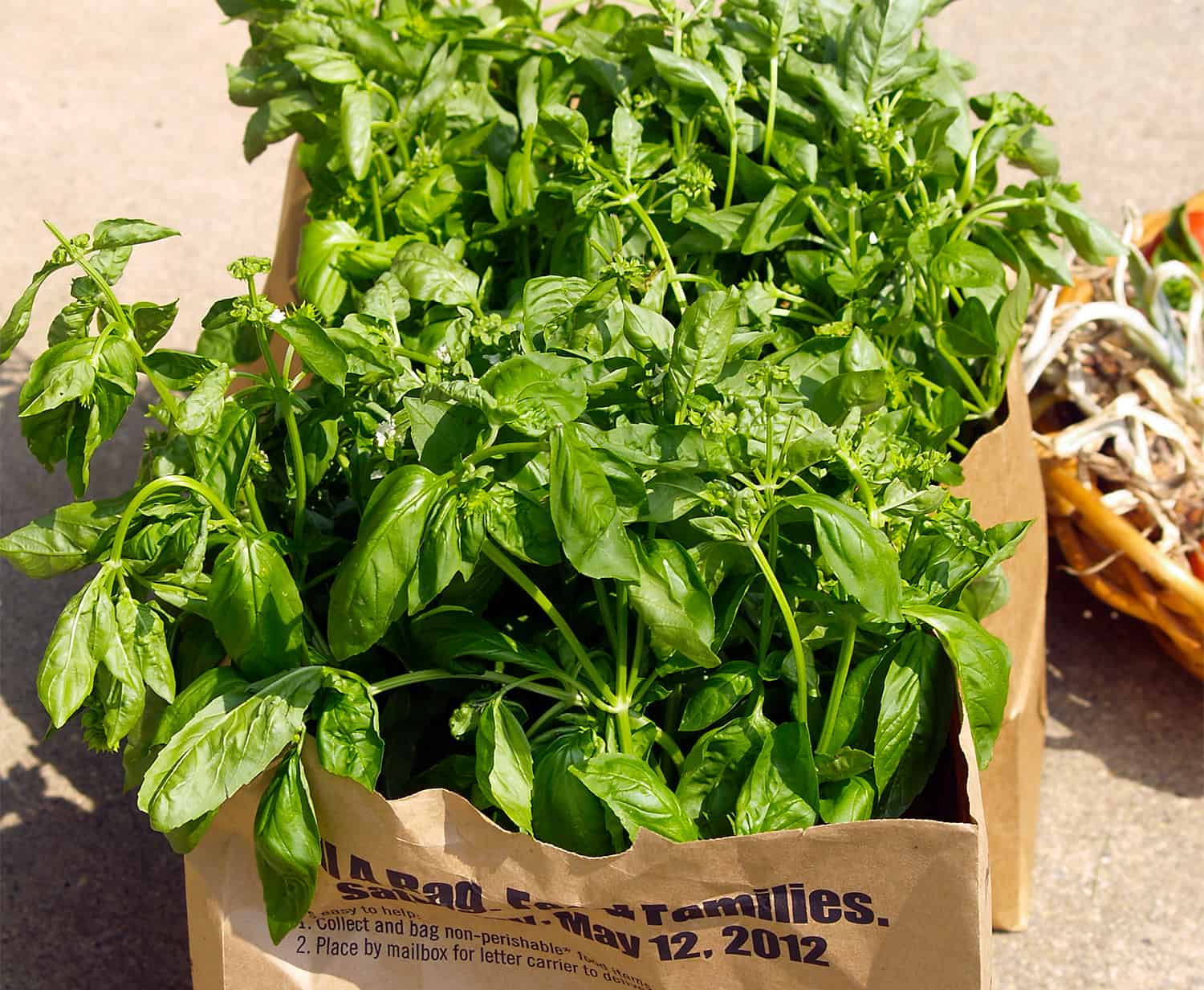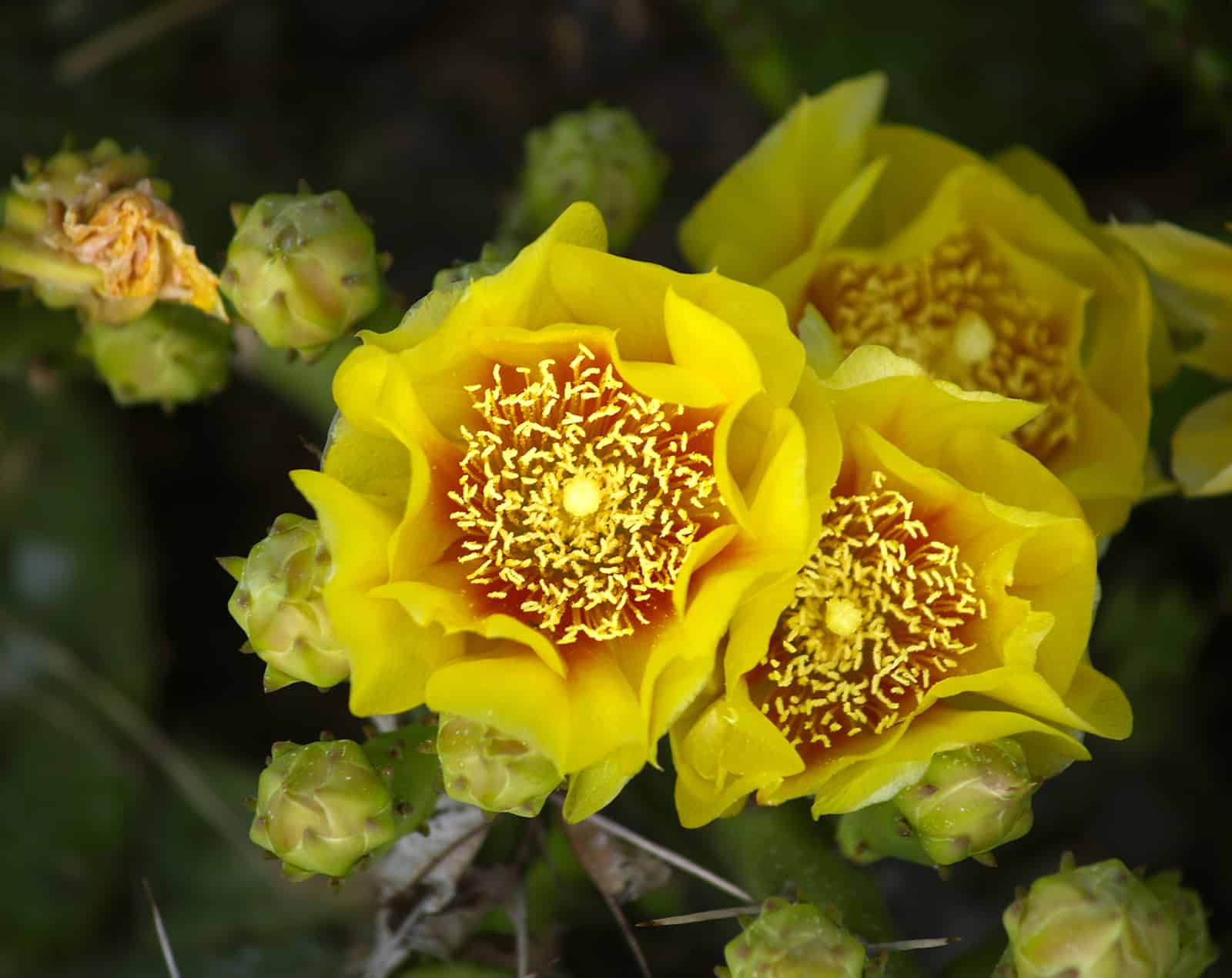[ad_1]
I guess you thought fertilizing your backyard was fairly fundamental – simply dump a bunch across the crops and water it in. Sadly, it isn’t that straightforward and shouldn’t be completed that manner for quite a lot of causes.
However first: Do your crops really want fertilizer?
Many plant issues can’t be solved with fertilizer – take note of your soil first – add natural materials like compost usually to enhance soil tilth, drainage, and diet.
There are 18 important vitamins that crops require to develop and survive. Carbon, Hydrogen, and Oxygen are wanted within the best amount and are obtained from air and water. The following 6 vitamins are thought-about macronutrients;…Nitrogen, Phosphorus, and Potassium…. Calcium, Magnesium, and Sulfur. The remaining 9 parts are thought-about micronutrients and embrace Chloride, Iron, Boron, Manganese, Zinc, Copper, Molybdenum, Nickel, and Cobalt… Every of those play an essential position within the completely different buildings and capabilities of the plant… [and] if one important nutrient is poor, plant development will probably be poor even when all different important vitamins are ample. These vitamins primarily come from the soil; nevertheless, when the soil’s nutrient reserves turn into low, vitamins may be supplemented by way of the addition of… fertilizer, compost, and manure.
As we stress repeatedly, by no means fertilize your backyard with out doing a soil check first. In most soils, particularly the place compost is added usually, there may be sufficient fertility to develop nearly all of crops. If soil is cared for accurately within the perennial backyard the place roots run deep, fertilizer will hardly ever be needed (I can’t bear in mind the final time I fertilized my flower beds).
Vegetable gardens ought to be examined each different 12 months for fertility. As a result of excessive turnover of crops in veggie gardens, there MAY be a necessity for nitrogen, however hardly ever the rest. When you observe crop rotation fundamentals, composting, mulching and cowl cropping with legumes, the necessity for added fertilizers is uncommon. When rising greens or flowers in containers nevertheless, crops will should be fertilized usually.
And simply because the leaves are yellowing, greens are small, flowering is late or your crops “seem like they want fertilizer”, fertility is probably not the issue. Many components affect a plant’s development together with soil pH (the measure of acidity or alkalinity), soil drainage, climate circumstances, illness and soil temperature. Fertilizer can’t repair any of those.
What issues happen if I fertilize when my backyard doesn’t want it?
- Most business fertilizers, particularly artificial fertilizers, are nitrogen-heavy (the primary letter in NPK on the bag). Whenever you over-fertilize with nitrogen, you find yourself with a variety of high development on the crops and a diminished quantity and dimension of fruits and roots. Or none in any respect. An excessive amount of nitrogen may trigger insect and illness issues, in accordance with Colorado State College Extension. Sure soils which might be very porous nevertheless could want common purposes of fertilizer. Once more, a soil check is important to know the way a lot ought to be added.
- Including an excessive amount of fertilizer additionally causes water air pollution. Phosphorous that isn’t utilized by crops is washed away by rain and into native waterways and onto rivers, lakes, and oceans. There, it causes issues like algal blooms that choke marine life. You might not consider that one gardener could make a distinction – however think about what number of gardeners there are in any area, multiplied by fertilizer runoff from farms and you’ll see why this can be a massive downside. Every motion issues.
- An excessive amount of phosphorous may trigger chlorosis, a yellowing of leaf tissue, and kill off useful mycorrhizal fungi wanted by the crops. If mycorrhizal fungi disappear, that plant may have issue taking on iron and different micronutrients.
Fertilizer vitamins required by greens within the highest amount are nitrogen (N), phosphorus (P) and potassium (Ok). Different vitamins, together with iron, copper, manganese and zinc are wanted in a lot smaller quantities. Except nitrogen and phosphorus, most of those vitamins are more than likely obtainable within the soil at ample and even extreme quantities. Including vitamins that aren’t wanted may cause deficiencies of different vitamins and may trigger an imbalance of vitamins. No person can inform you what your soil actually wants with out referring to a soil check carried out by an analytical laboratory.
Fertilizing the Vegetable Backyard, Colorado State College Extension.
When shouldn’t I fertilize my backyard?
- Don’t fertilize with granular fertilizer earlier than a heavy rain, as a result of most will wash away.
- When you’ve had a long term of dry climate, particularly in drought, don’t fertilize as it might do extra hurt than good. When water is restricted, the plant could also be slowing its processes because of warmth stress.
- In case your space was just lately flooded or had heavy saturating rain, wait till the soil is completely dry earlier than fertilizing.
- Don’t fertilize crops when they’re dormant, because the plant received’t use and doesn’t want the vitamins. The fertilizer will probably be washed away earlier than the plant wants it.
- Fertilizing closely when crops are younger can lead to a really “leggy” plant – an excessive amount of stem and skinny high development and a small root mass that received’t have the ability to assist later development or fruits.
The best way to correctly apply fertilizer
- When you’re making ready a backyard mattress for spring planting, broadcast the urged quantity of fertilizer throughout the complete backyard mattress evenly. Work it into the highest 3 inches of soil with the again of a rake. Gently water it in to maneuver the fertilizer into the soil. Including granular fertilizer weeks earlier than planting provides soil microbes time to transform it into the type of the chemical the crops can use.
- You may also side-dress your crops. Apply fertilizer 2 inches deep and 6 inches apart the row to be planted or beneath the roots. However make certain the newly planted seedling’s roots don’t come into direct contact with the fertilizer or they could be burned. Because the plant grows, this turns into much less of a problem.
- When you’ve already planted, solely add granular fertilizer across the root zone of the plant and gently work it into the soil with a hand trowel, cultivator, or different gardening software that may get it beneath the soil. Attempt to work within the fertilizer 2 inches deep however don’t disturb the roots. Don’t let the fertilizer come into contact with the stem or foliage as it might burn the plant. After working it in, gently water it into the soil.
- Compost is one of the simplest ways to fertilize because it additionally provides natural matter to the soil which has quite a lot of advantages. However the compost wants time to interrupt down – usually a couple of months. That’s why it is best to add compost early in spring and once more in fall, 2 inches thick. You may also add it after planting to function a mulch – add it round root zones one other two inches however don’t contact the seedlings. There isn’t a must work compost into the soil, as micro organism, bugs, and different microbes do the give you the results you want.
Does it matter if I exploit liquid or granular fertilizer?
Liquid fertilizers make vitamins instantly obtainable to crops. So if a soil check signifies an instantaneous want, liquid fertilizers are finest. Granular fertilizers take time to interrupt down within the soil right into a usable type. They’re finest utilized early within the season earlier than planting or at planting time.
Assets: Do fertilizers assist or harm crops?, College of Minnesota Extension; Beginning a Garden: Fertilization, College of Illinois Extension; Fertilizing The Vegetable Backyard, Colorado State College Extension; Other ways to use compost and business fertilizer, College of Saskatchewan.
Be a part of our electronic mail listing and by no means miss a brand new publish on gardening!
[ad_2]
